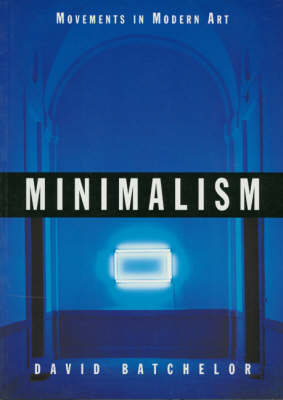Many people have difficulty in appreciating Carl Andre's "Equivalent VIII", consisting of 120 bricks, as a work of art. This publication shows not only how "the bricks" are indeed sculpture, but that minimalist works such as this present some of the most interesting and imaginative work of the 1960s. Minimalism emerged and developed as a reaction against the emotiveness of abstract expressionism. Although most of the artists involved did not regard themselves as part of a group, there are certain key factors which define minimalist work: it is abstract, three-dimensional, modular, serial, geometric, preconceived in design and industrial in execution. This introduction examines the implications of these characteristics, looking in particular at the work of key artists: Carl Andre, Dan Flavin, Donald Judd and Sol LeWitt. It also focuses on the different emphases in each artist's work. The book also looks at the varied types of criticism and interpretation to which minimalism has been subject over the years. It ends by discussing how minimalism, which has influenced almost every subsequent art movement, has continuing relevance for artists today.
- ISBN10 1854371835
- ISBN13 9781854371836
- Publish Date 1 June 1998
- Publish Status Out of Print
- Out of Print 12 September 2009
- Publish Country GB
- Imprint Tate Publishing
- Format Paperback
- Pages 80
- Language English
